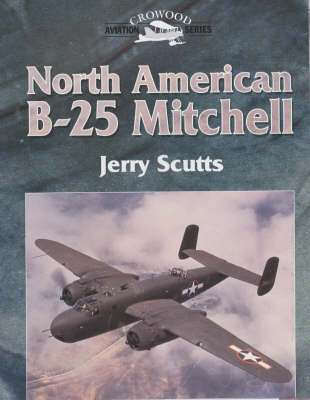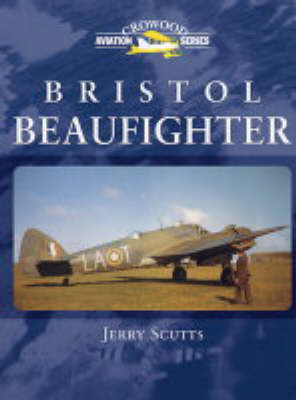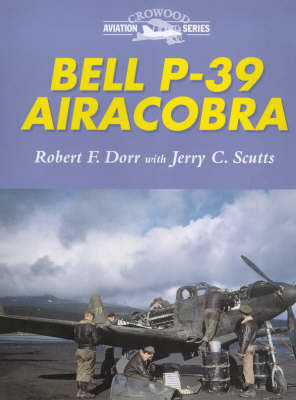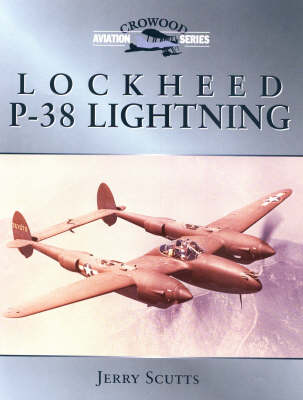Crowood Aviation
4 total works
Of all the combat aircraft that fought on the Allied side in World War II, the North American B-25 Mitchell was one of the best and most well-known. The B-25 gained lasting fame in the Pacific, by flying the April 1942 carrier raid on Tokyo. It also served in Africa, Italy, China, Burma and New Guinea, not just with the American air arms, but also with the RAF adn the Australian, Dutch and Russian air forces. The B-25 enjoyed a long post-war career before emerging as a prized warbird, the star of numerous air shows around the world. The author tells the full story of the B-25's development, operational use and post-war career in this illustrated history of the aircraft.
Developed from the unloved Bristol Beaufort, the Beaufighter was the RAF's first purpose-built night fighter. Powered by two Bristol Hercules radial engines, it had a reputation for being one of the most difficult to fly, yet most effective, aircraft in the RAF's armoury in the first years of World War Two. Used extensively in Europe, the Beaufighter also flew with distinction in the South East Asian theatre, and with several foreign air forces. Whether hunting night bombers, hauling rockets to devastate shipping or peacefully tramping post-war skies towing targets, the Beaufighter rarely failed. This book is respectfully dedicated to all those who flew that extraordinary aeroplane.
Lightning was one of the best-named aircraft of World War 2. The Lockheed P-38 was also one of the few fighters in production throughout hostilities. Immediately recognizable by its twin-boom tail layout, the P-38 Lightning was one of the mainstays of the USAAF's fighter inventory. Deployed in all theaters, Lightnings excelled in most, being one of the few American fighters armed with cannon. Subject to lengthy development throughout the war, the P-38 exemplified the technical peak reached by aeronautical engineers in the 1940s.



